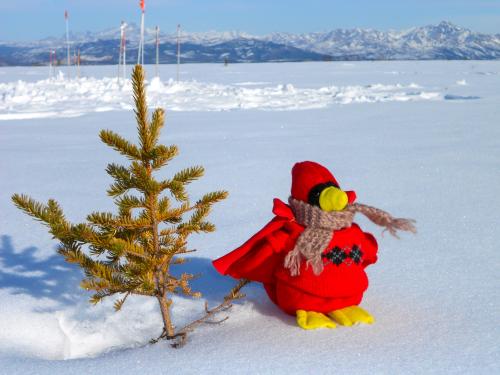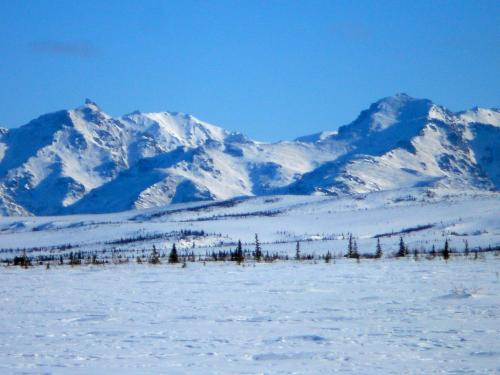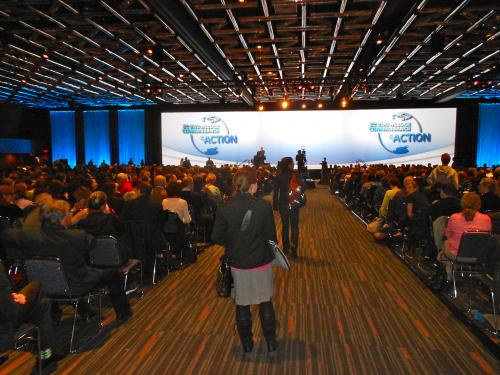Having retuned safely home I am now back into the swing of things with my family and with my students. It was a very successful expedition that was full of new experiences and things to learn. I continue to be amazed at the great work that is being done, in science and in education, to help understand the world and its complex systems as well as communicating that knowledge in a way that can be understood and used by our students and the public at large. There are many lessons that I have learned from these experiences and many more that I hope the students will remember.

Alaska is a wonderful place to study science and see a part of the world that many people will never visit or understand. At the same time, there are about 4 million people who do live in the Arctic regions around the world and who understand all too well the changes in the environment that are taking place due to climate change. The tundra is a very unique place with its own balance and set of rules. TundraA treeless area between the icecap and the tree line of arctic regions, having a permanently frozen subsoil and supporting low-growing vegetation such as lichens, mosses, and stunted shrubs. accounts for 20% of the world’s land area, but over the last 10,000 years the tundra has been able to store twice as much carbon as there is in the entire atmosphere today. As a greenhouse gas, that much carbon dioxide, if released, has a great potential to raise the average global air temperature.

Dr. Natalie and her team have been working for the past five years observing and measuring the tundra in an effort to understand the natural cycles that have formed this region as well as the factors of climate change that may alter these cycles. It is educational and refreshing to see dedicated people tackle such important questions. As a teacher, I have had the valuable opportunity to take part in current field science activities and come away with a better understanding of not only how the scientific process works, but also how to weave the science into meaningful lessons and discussions for the students, educators, and public.

Science is not just sitting in a lab mixing chemicals and looking through microscopes. Although making sound observations and conducting quantitative analyses are important components of the scientific method, moving outside and performing field research offers a first hand opportunity to be a part of the natural world. Science is also having the chance to communicate and share the findings and excitement in such forums as the Montreal IPY Conference. What a fantastic way of having people from all around the world come together for the soul purpose of promoting polar knowledge and education. Having the means to share this with classroom students and educators via PolarTREC is a very effective way of teaching future generations about some of the important issues that mankind will face in the decades to come.

I want to thank all of the students who took the time to follow this expedition and get involved with the learning. It is a wonderful experience to be able to share ideas through questions and comments generated by intelligent young minds.
Please stay tuned for more learning opportunities in July, as the expedition and the conversation on climate change continues.


Comments